Valencia: The first city we have visited in Spain (I)
published on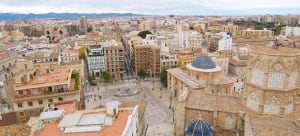
A bold mixture of modern architecture, a booming cultural scene and the charming city centre make Valencia a city with potential. In one week, we tried to get a taste of this city as much as possible.
When I found out that I was going to travel outside of Romania for the first time, I was very excited. I could hardly wait to leave, discover new traditions and the lifestyle of the locals. Of course, it was also the first time I would fly — and that was another exciting but a little bit scary thing for me. The fear, however, quickly turned into pleasure, once I realised that this was what I wanted to do all my life: Being on an aeroplane, always on my way to new destinations. I grabbed my life partner, Deian, by the hand, we shared a trolly and started our first big adventure.
Alina
Valencia — a superb city
We arrived in Valencia on a surprisingly warm evening in February; our friend was waiting for us at the airport; he took us to the restaurant of Alina’s childhood friend where she was waiting, eager to serve us something to eat. Later, we went to their apartment in Benimaclet, a neighbourhood in Valencia, where we were going to stay for the next week. After unpacking our trolly, we fell asleep quickly.
After a good night sleep, we took the bus to the city centre and began discovering the wide and narrow streets of Valencia, many of which were filled with palm and orange trees, important squares and tourist attractions.
Torres de Serranos
Torres de Serranos is one of twelve gateways that once was part of the ancient wall of the city. It was built in the 14th century, is an important reference point and also one of the best-conserved monuments in Valencia. Alongside Torres de Quart, which was built a century later, and other archaeological ruins, these are the only ones remaining to this day.

Its name probably comes from the placement in the northeast of the city centre; it was once a point where people passed through to get from Valencia to the district Los Serranos. Another explanation is that gateway is named after a family called Serranos.
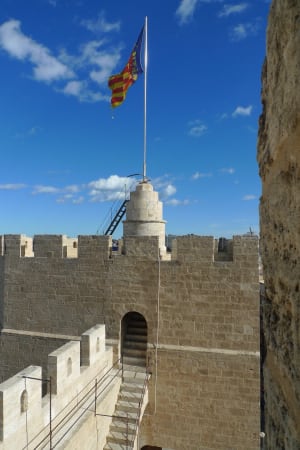
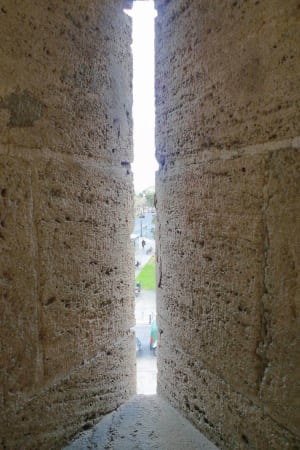
Torres de Serranos has served as the main entrance to the city for many years but was actually built to defend it. It also served to welcome ambassadors and kings with pompous ceremonies. Between 1586 and 1887, Torres de Serranos was even a prison for noblemen.
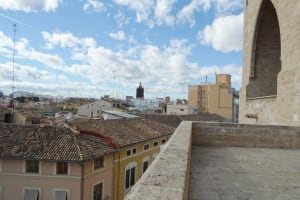
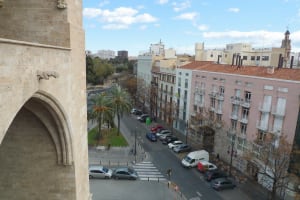
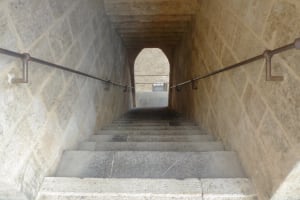
If you visit the gateway, make sure to also climb up the stairs to have a better look at the city. The entrance fee is two Euros; owners of a tourist card can go up for free. Mondays, entrance is not possible; you can only enter Torres de Serranos from Tuesday to Saturday between ten o’clock in the morning and two o’clock in the afternoon; after the siesta, you can visit between 4,30 o’clock and 8,30 o’clock. On Sunday and during holidays, the entrance hours are between ten o’clock in the morning and 3 o’clock in the afternoon. Climbing up all the stairs, taking pictures and enjoying the view will take 20 to 30 minutes.
Address: Plaza Fueros, Valencia, Spania
Plaza de la Virgen
In the heart of the historic city centre lies Plaza de la Virgen. Here, locals and tourists alike take a break from their busy lives by drinking a coffee, eating traditional food or just by gazing at the fountain in the middle of the square.
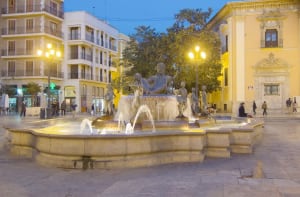
The fountain is a site to behold: It shows Neptune surrounded by no less than eight nude women. Its creator is no other than the famous Silvestre Edeta, who designed the fountain to represent the river Turia and its eight side rivers.
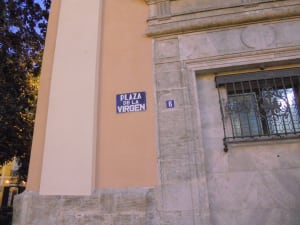
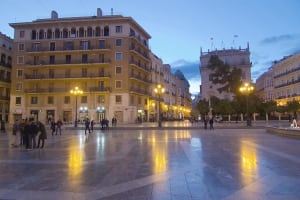

In Plaza de la Virgen, you can also find the most emblematic buildings in Valencia:
- Catedral de Santa María de Valencia
- Basilica de la Virgen de los Desamparados
- Palacio de la Generalidad
The last one houses the government of this city.
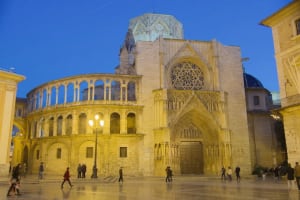
El Miguelete
One of the most representative monuments of Valencia is the tower El Miguelete. It is right next to the cathedral Santa María de Valencia. The tower was built between the 14th and 15th century, it is 63 metres high and its spiral staircase has 207 stairs that will take your breath away. But once you reach the top, you are being rewarded with the most beautiful view of the entire city.
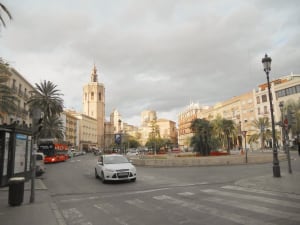
The name Miguelete comes from the blessing given to the bell. Before it became a tourist attraction, this tower was used as a lighthouse and a place where fireworks were launched.

To climb up the 207 stairs, you need to pay a modest entrance fee of two Euros. The tower is open every day from ten o’clock in the morning until 1 o’clock in the afternoon; after the siesta, you can visit the tower from 4,30 o’clock in the afternoon to 7 o’clock in the evening. Visiting will take around 30 to 40 minutes, including the ascend, taking pictures and gazing at the city.
Do not miss part two of this article series: Valencia: The first city we have visited in Spain (II)